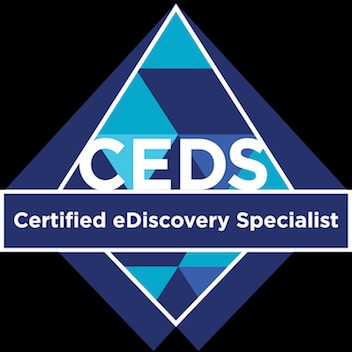티스토리 뷰
Legal Hold에 초점을 맞춘 Prediction이기는 하지만 어떻게 Preservation을 소송에 유리하게 활용할지는 모두가 관심을 갖는 부분이다
By: Brad Harris, VP of Products, Zapproved
E-Discovery is a resource and capital-intensive function of business. Corporations are seeing a significant portion of their profits going toward litigation. With e-Discovery being the biggest driver of litigation costs; where processing, analysis, and review, account for roughly nine out of every 10 dollars spent on e-discovery, corporations can see significant benefit from improving the process and approaches they take. As corporations strive to reduce the cost and risk associated with e-Discovery, we see some future trends that will both challenge and assist corporations moving forward in 2015.
1. Corporations will recognize the current approach to e-Discovery is unsustainable.
Because of the well recognized trends of Big Data, Cloud and BYOD (bring-your-own-device), corporations will be looking for better ways to manage e-discovery. Data is growing exponentially, Cloud computing is distributing data in multiple places. BYOD is further distributing the data onto platforms that are neither under corporate control, nor access. All three trends add to the complexity and growth in expense of e-Discovery.
As corporations look to optimize their e-discovery, they will see an interesting irony; the technologies that are creating the challenges of increased data and complexity are the some of the same technologies that will be used to address the problem.
2. Corporations will use the power of the cloud to improve their e-discovery process and reduce costs.
Solutions that leverage the benefits of cloud computing represent the best opportunity for reducing data volumes that will eventually be produced for attorney review, and therefore, the overall cost of discovery. By leveraging the economies-of-scale, corporations will see reduced processing prices. Through the scalability of the cloud, corporations will have the ability to expand and contract their infrastructure affordably to meet the demands of any size of litigation, without the additional investment of expensive hardware, or the staff to run it. Additionally, since cloud-based solutions tend to be both accessible and intuitive, corporations can meet their desire to get greater control over the process.
3. How corporations approach preservation will be used as a strategic weapon in litigation.
As corporate legal teams recognize that “collecting to preserve” data is too expensive and actually increases risk, they will seek strategies to adapt and improve their preservation practices. Adoption of automation will increase in 2015. According to the Legal Hold and Data Preservation Benchmark Survey, corporations using legal hold automation instead of manual processes, as part of their preservation efforts will rise to 50 percent.
Corporations will invest in solutions, processes, and training to ensure modern preservation practices such as “preserve in place” are defensible, cost-efficient, and effective.
4. New rules will increase the importance of how a corporation conducts preservation practices and courts will insist upon cooperation.
Because of the rules changes commencing in 2015, the importance of how an organization responds to their duty to preserve such as being able to defend the actions taken or not taken, the issues of the case, and a discussion of what is actually in dispute, will become a important topics of every meet and confer session.
In 2015 we will see the courts will demanding more cooperation from opposing counsel. Courts will get more creative in the use of curative measures in order to influence appropriate behavior.
5. Expectations for Attorney competency in e-Discovery are increasing.
The future is now, and technology is compelling changes in the way corporations manage e-Discovery. In 2015 courts will demand for greater attorney competency and being technologically savvy will be important for meeting the duty of competency standard in any case where electronic data is at issue. We’ll also see a trend towards technology CLE certifications and training to meet the increasing need of litigating in an e-Discovery world. Judges also will be looking for companies to leverage technology to manage discovery better and will look at the technology corporate legal teams employ in the process of producing responsive electronically stored information (ESI) to opposing counsel.
'eDiscovery' 카테고리의 다른 글
| '한국형 디스커버리 제도' 본격 추진 (0) | 2015.04.16 |
|---|---|
| eDiscovery Budget Calculator (0) | 2015.04.16 |
| Select While You Collect (0) | 2015.01.13 |
| 10 Predictions for 2015 E-Discovery (0) | 2014.12.29 |
| E-Discovery PM의 필요성 높아졌으나 Salary는 동결 in US (0) | 2014.12.23 |
